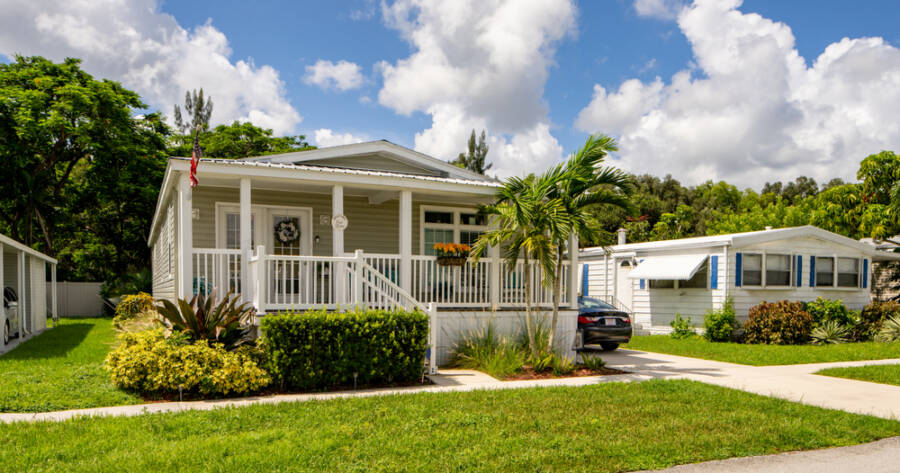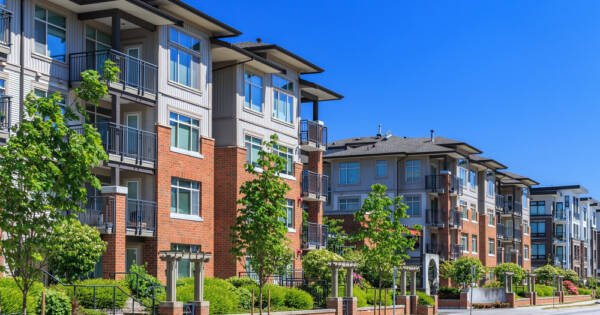Mobile and manufactured homes have become a popular and cost-effective housing solution for many individuals and families across the U.S. These homes offer an alternative to traditional site-built houses, providing affordability, flexibility, and modern amenities. Although mobile and manufactured homes are often used interchangeably, there are key differences between them. Understanding these distinctions, along with the benefits and challenges, can help potential homeowners make informed decisions when considering this type of housing.
What Are Mobile and Manufactured Homes?
Mobile Homes
- Built before June 15, 1976, when the U.S. Department of Housing and Urban Development (HUD) implemented national safety and construction standards.
- Often smaller and built with less stringent regulations than modern homes.
- Can be transported but usually placed on rented land or mobile home parks.
Manufactured Homes
- Built after June 15, 1976, under strict HUD regulations.
- Constructed in a factory and transported to a home site for installation.
- Can be single-wide, double-wide, or triple-wide, offering different layout and size options.
- More energy-efficient and durable compared to older mobile homes.
Benefits of Mobile and Manufactured Homes
1. Affordability
One of the biggest advantages of manufactured homes is their lower cost compared to traditional site-built homes. According to industry estimates, the average cost per square foot for a manufactured home is significantly lower than that of a stick-built home, making it an attractive option for those on a budget.
2. Faster Construction and Installation
Manufactured homes are built in controlled factory settings, reducing the impact of weather delays and ensuring consistent quality. Once completed, they can be installed within weeks, compared to months or years for traditional homes.
3. Energy Efficiency and Customization
Modern manufactured homes come with energy-efficient insulation, appliances, and HVAC systems, reducing utility costs. Additionally, buyers can customize their homes with various floor plans, finishes, and upgrades to match their preferences.
4. Flexible Living Options
Manufactured homes can be placed on private land or in designated communities, offering flexibility for homeowners. Some parks provide shared amenities, such as pools, clubhouses, and security services.
Challenges of Mobile and Manufactured Homes
1. Depreciation in Value
Unlike traditional homes, which often appreciate in value, manufactured homes placed on leased land may depreciate over time. However, those installed on owned land can retain or even increase their value.
2. Financing Limitations
Manufactured homes may not qualify for traditional mortgages, especially if not permanently affixed to a foundation. Instead, buyers may need chattel loans, which often come with higher interest rates.
3. Zoning and Land Restrictions
Local zoning laws may restrict where manufactured homes can be placed. Homeowners should check local regulations before purchasing a home.
Affordable and Flexible Housing with Manufactured Homes
Mobile and manufactured homes offer an affordable, efficient, and flexible housing solution for many people. With advancements in construction standards and energy efficiency, these homes are becoming an increasingly attractive option for homeowners. However, it’s important to consider financing, location, and potential resale value before making a purchase. By carefully evaluating these factors, individuals can find a suitable and cost-effective home that meets their needs.



